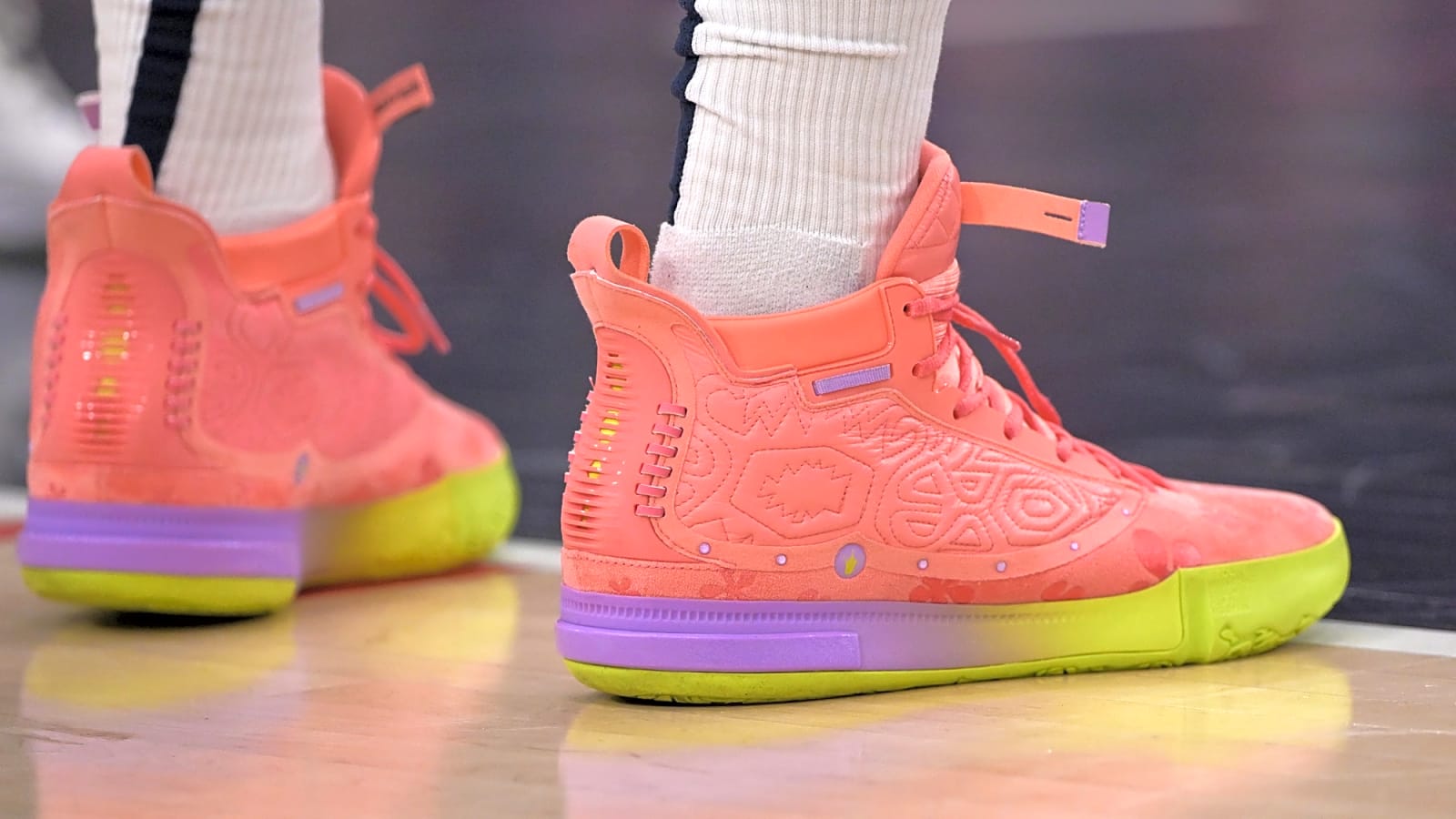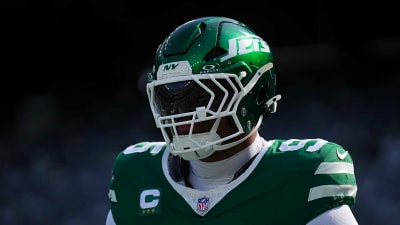
The modern sneaker culture in the NBA began with Michael Jordan. Back in 1985, he wore the first Air Jordans — a bold red-and-black pair that broke the league’s uniform rules. Instead of fading away, the controversy turned them into a global phenomenon. That moment showed the world that sneakers could be more than sports gear. They could carry meaning, identity, and even spark cultural change.
Fast forward to 2025, and every NBA court tells that story in real time. Some players still lace up the classics like Jordans or Kobe Protros, while others choose the latest Nike and Adidas designs built with advanced cushioning, lightweight materials, and improved traction.
Today, NBA sneakers are more than footwear. They are part of the game’s history and its future — carrying Jordan’s legacy into a new era where style, performance, and personal expression all matter just as much as the score on the board.
What Shoes Do NBA Players Wear in 2025
In 2025, sneakers are still one of the most important parts of the NBA game. They aren’t just about style—they directly affect how players move, jump, and keep their balance on the court. This season, Nike is the most-worn shoe in the NBA. The Kobe Protro line is the clear favorite, with the Kobe 6 Protro becoming the most-worn shoe across the league. Right behind it are the Sabrina 2 and the G.T. Cut 3. Players choose them because they’re light, grip the floor well, and give the support needed to change direction quickly without losing stability.
Nike and Jordan models remain everywhere. Fans can spot Devin Booker’s Book 1, Kevin Durant’s KD 17–18, Ja Morant’s Ja 2, and Giannis Antetokounmpo’s Zoom Freak 6. Jayson Tatum’s Jordan Tatum 3 is also a standout this year, and the Air Jordan 40, launched in July, shows off the brand’s newest technology. Other brands are holding strong, too. Adidas had a big success with Anthony Edwards’ AE 1, Under Armour’s Curry 12 is still a favorite for fast guards, and Kyrie Irving made a big comeback with his ANTA Kai line. Puma, Converse, New Balance, Li-Ning, and 361° also continue to appear on NBA courts, making 2025 one of the most varied sneaker seasons in years.
For fans, sneakers mean something else. They’re a way to connect with the game and with their favorite players. Many supporters dream of owning the same pairs they see on the court. Some save money for months, others hunt for rare editions on resale sites. Regular pairs usually cost between $100 and $200, but limited releases or game-worn sneakers can sell for thousands. Just imagine, Kobe Bryant’s sneakers from his famous “Achilles Game” are going up for auction with an estimated price tag of $800,000. For avid collectors, this is not just a pair of sneakers, but a unique artifact linked to a legendary moment in basketball history. That’s why many NBA fans look for smart ways to make their dream a reality — they even use flexible financing to afford the sneakers of their dream, turning a once impossible pair into something finally within reach.
Famous Basketball Shoes Linked to Iconic Players
Some shoes are tied to players so strongly that they have become cultural icons. A few quick examples:
1. Air Jordan 1 and the Jordan line changed the sneaker business and built one of the largest sub-brands in sports.
2. Kobe series are beloved on the court and in the collector market.
3. LeBron line is a high-tech, high-performance models that often sit at the higher retail end.
4. Curry line (Under Armour) changed the market for shooter-style signature shoes.
The Influence of the 51 Shoe Rule on Player Choices
The NBA used to have strict rules regarding footwear, and even the best and most influential sports icons were fined — athletes broke sneaker uniform rules both intentionally and accidentally. The so-called “51% shoe rule” limited dominant color choices (sneakers had to be mostly white or mostly black for home/away) and made some bold colorways risky for game use.
Over time, the league relaxed many of these color rules. That shift let players wear brighter, bolder designs and made custom player colors and team-accent shoes more common. The rule also has a famous place in sneaker lore. Michael Jordan’s early “banned” shoes are part fact, part marketing legend, and it pushed shoe makers to think in terms of style as well as function.
Relaxed color rules mean players can show more personal style on the court. That affects buys, too: signature colorways sell because fans want the same look they see in games.
How NBA Signature Shoes Shape the Market
Signature shoes do three big things for the market:
- They sell the product directly to fans who identify with the player.
- They build brand equity (Jordan Brand is a major revenue driver inside Nike).
- They push innovation — players test new tech, which becomes mainstream after success.
Today’s list of signature shoes is big and varied. It includes legends with long-running lines like LeBron and Jordan, solid models from mid-level stars, and fresh deals with smaller brands. This variety gives people more choice and makes each pair feel like both a performance shoe and a fashion statement.
Best-Selling NBA Shoes and Their Appeal
Such models combine player cachet and wide retail distribution. Retail names like the LeBron, KD, and AE (Anthony Edwards) models have big runs. These shoes sell in mass retail at $110–$170 retail, depending on model and tech.
Fans buy because the shoe links to a star, performs well, and often has a clean lifestyle look for daily wear. Official sales and platform reports (and retailers) show these signature lines among the top movers each season.
The best-looking models, according to fans and players, are personal. Still, certain models earn repeat praise for clean lines and colors: Jordan retros, Anthony Edwards’ AE1, and select Nike LeBron colorways. Media roundups and fan polls point to a small set of models that bridge performance and street style, making them favorites off-court as well as on-court.
What NBA players wear is a mix of performance need, brand deals, and personal style. In 2025, you will see more brands of shoes than in past decades, but signature lines and classics still steer the market.
More must-reads:
- Blazers hand Thunder first loss with huge fourth quarter
- Jaylen Brown reaches a level no Celtics player ever has before
- The 'Rookie TD pass leaders by team' quiz
Breaking News
Trending News
Customize Your Newsletter
 +
+
Get the latest news and rumors, customized to your favorite sports and teams. Emailed daily. Always free!








